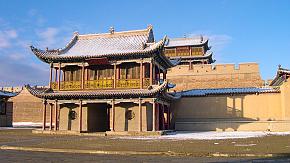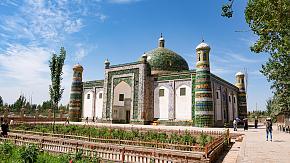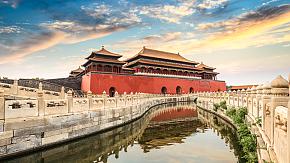Great Wall of China: Length, History, Location & More
The Great Wall of China, one of the most awe-inspiring man-made projects in the world, winds its way through China's vast northern territory. It was selected as one of the new Seven Wonders of the World in a global poll announced on July 7, 2007. If you are planning a China tour and curious about the Great Wall, here is everything you need to know.
How Long Is the Great Wall of China?
The Great Wall of China is approximately 13,170 miles (21,196 kilometers) long. This measurement includes all the walls built by various dynasties over the centuries, encompassing sections of overlapping walls, trenches, and natural barriers like rivers and hills that were integrated into the wall's defense system. While the Great Wall we most visited today streching about 8851.8 kilometers (5500.3 miles), which was built during the Ming Dynasty.
When the Great Wall of China Was Built?
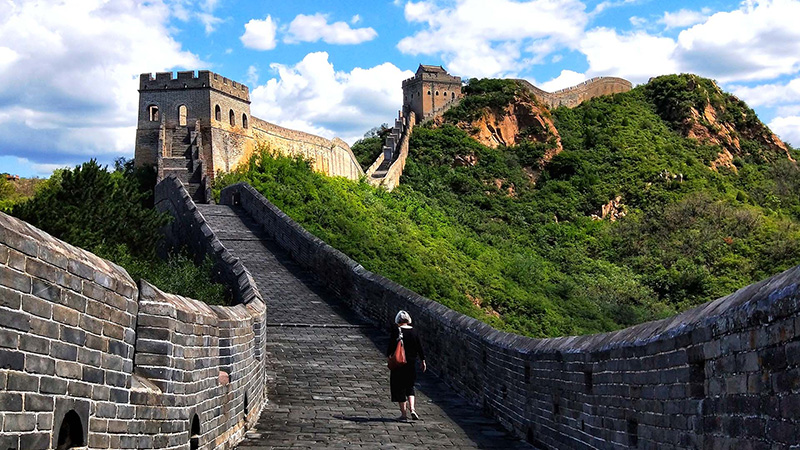 Mutianyu Great Wall: Built in the Ming Dynasty
Mutianyu Great Wall: Built in the Ming Dynasty
The Great Wall of China was built over many centuries, starting in the 7th century BCE during the Warring States period and continuing through various dynasties, with significant expansions during the Qin (221–206 BCE) and Han (206 BCE–220 CE) Dynasties. The most well-known sections were constructed during the Ming Dynasty (1368–1644 CE).
To put this in perspective, the initial construction of the Great Wall began around the same time as the founding of Rome in 753 BCE, and the Great Wall of China was still under construction when Christopher Columbus discovered America in the late 15th century.
Why the Great Wall Was Built?
The Great Wall of China was built for several reasons, primarily related to defense. It can protect the country from northern invasions and raids by nomadic tribes. The watchtowers and beacon systems along the wall allowed for efficient communication across vast distances, enabling quick relay of messages about enemy movements.
It also served to control and monitor trade along the Silk Road, regulate immigration, and impose tariffs on goods.
Where Great Wall of China Is Located?
 Jiayuguan in Gansu Province
Jiayuguan in Gansu Province
The Great Wall of China is located in northern China. It begins in the east at Shanhaiguan in Hebei province, near the Bohai Sea, and extends westward to Jiayuguan in Gansu province. The wall passes through several regions, including Beijing, Tianjin, Shanxi, Inner Mongolia, and Ningxia.
But the most visited sections are near Beijing, like Badaling, Mutianyu, Jinshanling, and so on.
Who Made the Great Wall of China?
As we mentioned, the construction of the Great Wall lasted for more than two thousand years. It means, millions of workers were conscripted across different dynasties to build the Great Wall of China. The workforce included soldiers, peasants, and prisoners. As many died from exhaustion and starvation while working on this colossal task, some said the Great Wall was "the longest cemetery in the world."
The most significant contribution to the Wall is that Qin Shi Huang, the first emperor of Chinese history, ordered the connection of existing walls into a more unified defensive system against northern invasions.
Legend of the Great Wall
Many legends surround the construction of the Great Wall, with the most popular being the story of Lady Meng Jiangnu.
On the night of their wedding, Meng Jiangnu's husband was conscripted by Qin soldiers to work on the Great Wall. Before he left, Lady Meng broke her white jade hairpin in two and gave him one half as a token of love. One night, Lady Meng dreamed of her husband crying out, "Cold, cold," and remembered he had only thin clothes. Determined to help him, she made padded clothes and set out to find him. Upon arrival, she discovered her husband had died from exhaustion. Devastated, she wept so bitterly that a 20-kilometer section of the Great Wall collapsed, revealing the bodies of her husband and many others. Overcome with grief, she committed suicide by jumping into the sea.
In her memory, a temple stands at Shanhai Pass near the sea, honoring her loyalty and love.
Structure of the Great Wall
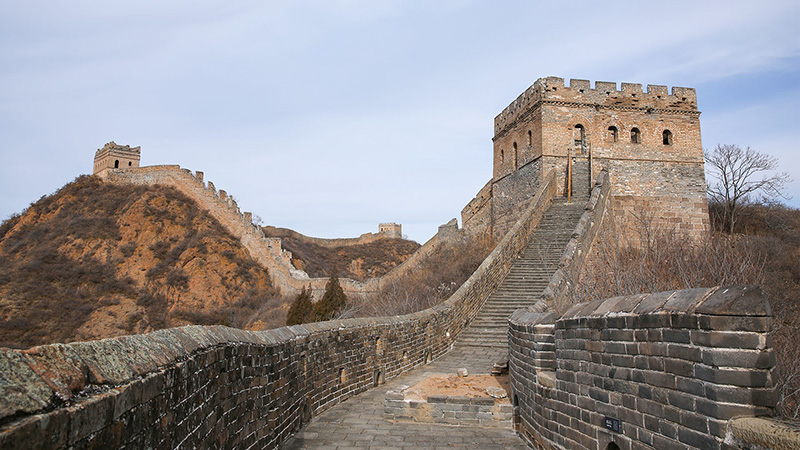 The Great Wall's Beacon Towers
The Great Wall's Beacon Towers
The Great Wall of China is a complex structure with several key features:
- Walls: Made from earth, wood, bricks, and stone, varying in height and thickness.
- Watchtowers: Positioned at intervals for surveillance, signaling, and housing soldiers.
- Beacon Towers: Used specifically for communication via smoke and fire signals.
- Fortresses: Large fortified areas for military bases and supplies.
- Passes and Gates: Heavily fortified entry points controlling access and trade, like Jiayuguan and Shanhaiguan.
- Ramparts and Parapets: Walkways with protective battlements for archers.
Visit the Great Wall With China Odyssey Tours
Here are some expertly crafted tours offering you the opportunity to immerse yourself in the rich history of the Great Wall:
- Stay Overnight on Foot of the Great
- Jinshanling and Simatai Great Wall Tour
- Beijing Tour in the Autumn with Great Wall Hike
- Great Wall Tour - Mutianyu Section
If you want to tailor an itinerary to ensure an unforgettable journey through China, please feel free to contact us at trip@odynovotours.com. We will help you realize your dream trip to the Great Wall of China!
What Our Clients Say
"Great Customized Service", "Trip of A Lifetime", "Exceed All Expectations"


